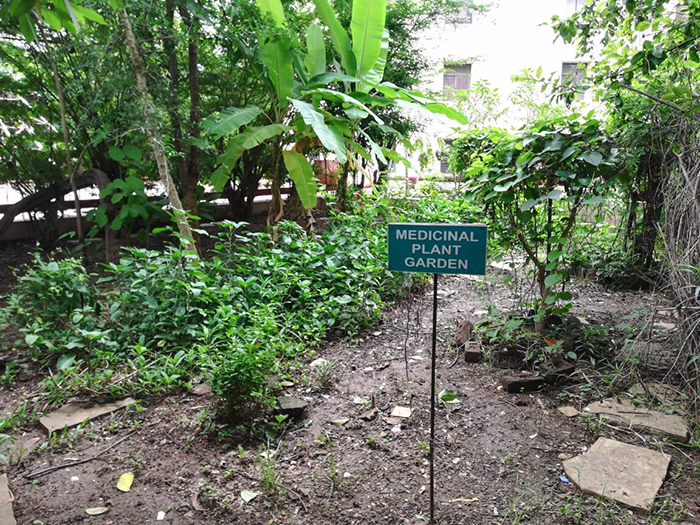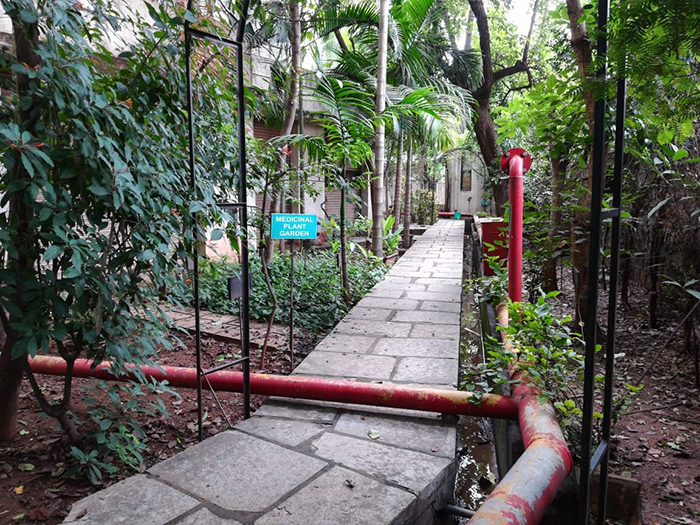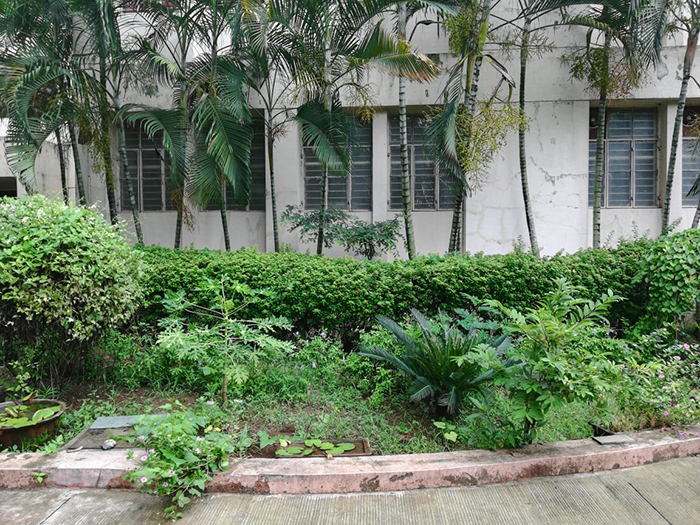The herbal products today symbolise safety in contrast to the synthetics that are regarded as unsafe to human and environment. Although herbs had been priced for their medicinal, flavouring and aromatic qualities for centuries, the synthetic products of the modern age surpassed their importance, for a while. However, the blind dependence on synthetics is over and people are returning to the naturals with hope of safety and security. Over three-quarters of the world population relies mainly on plants and plant extracts for health care. More than 30% of the entire plant species, at one time or other, were used for medicinal purposes. In India, drugs of herbal origin have been used in traditional systems of medicines such as Ayurveda, Unani and Siddha since ancient times. The drugs are derived either from the whole plant or from different organs, like leaves, stem, bark, root, flower, seed, etc. Some drugs are prepared from excretory plant product such as gum, resins and latex.
Size/ Area of the garden.
The college maintains a properly landscaped Medicinal Plant Garden admeasuring around 5000 sq. feet distributed at different locations within the campus.
Types, Varieties and Number of plants available in the garden:
| Sr. No. | Type | Variety | No. of Plants |
|---|---|---|---|
| 1 | Herbs & Shrubs | 17 | 50 |
| 2 | Trees | 39 | 465 |
| 3 | Xerophytes | 02 | 05 |
| 4 | Hydrophytes | 03 | 03 |
| 5 | Under shade plant | 10 | 20 |
| 6 | Climbers | 06 | 15 |
| 7 | Creeper | 02 | 02 |
| Total | 79 | 560 |
Note: Number of plants reflected in table is inclusive of all the plants present in campus.




